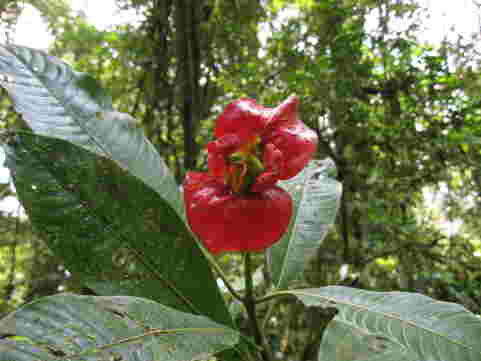
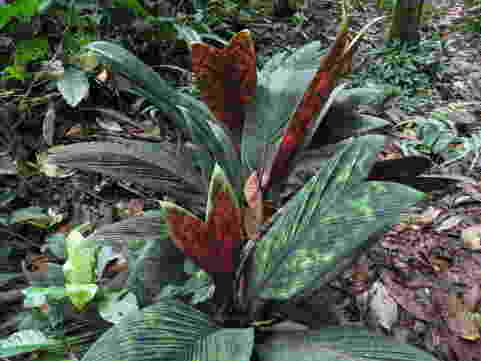
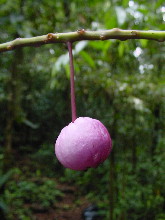
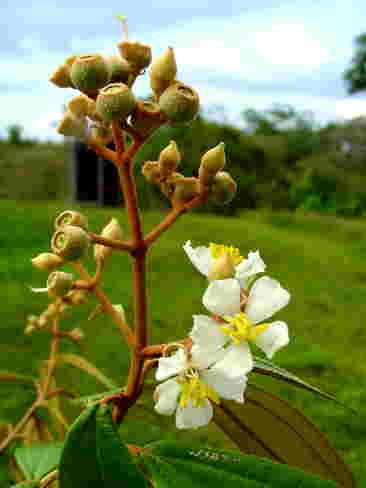
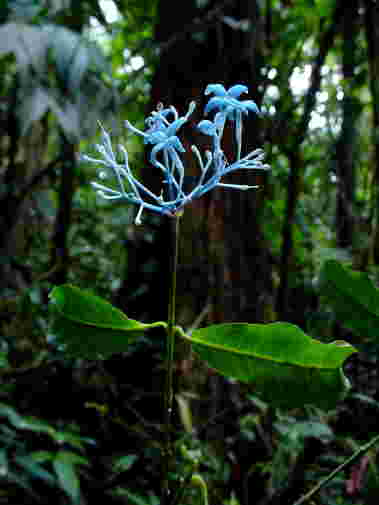

| Based on the Life Zone Ecology classification system, developed by Dr. Leslie Holdridge, Selvatica is a tropical wet forest- premontane transition. The lower elevation forests of Selvatica are in the tropical wet transitional life zone, which grades into the tropical premontane rain forest at higher elevations: |
| “The second most extensive Life Zone in Costa Rica is
the Tropical Wet Forest, with two large blocks at opposite ends of the country: the Sarapiquí and Tortuguero
plains in the northeast, and the lowlands surrounding the Golfo Dulce... The Tropical Wet Forest is a tall,
multistratal, evergreen forest. Canopy trees are 45-55 m tall, with round to umbrella-shaped crowns, and have
clear boles to 30 m and attaining 100-200 cm dbh. Tropical Wet Forest is the most species-rich Life Zone in Costa Rica.”
“The Tropical Premontane Rain Forest Life Zone occurs along the Atlantic slope of the Talamanca, Central, and Tilarán cordilleras; completely rings each volcano in the Guanacaste Cordillera; and occurs in relatively narrow bands of the Pacific slope of the Talamanca Cordillera and the Fila Costaña as far northwest as Cerro Turrubares. The Tropical Premontane Rain Forest is an evergreen forest, intermediate in height, with two or three strata. Canopy trees are mostly 30-40 m tall, with round or umbrella-shaped crowns and straight branches. Buttresses are common but small. The subcanopy is very dense, with trees 15-25m tall, having slender trunks often unbranched for most of their length. Palms are common in well-drained situations.” |
 |
 |
 |
 |
 |
|
| "Hotlips" (Psychotria sp.) | Stained Glass Palm | Burmeistera sp. | Conestegia xalapensis | Psychotria sp. |
| The understory of the forests of Selvatica is rich in species diversity. The stained glass palm is a spectacularly beautiful understory plant quite common at Selvatica. Burmeistera sp. is one of the many lianas found here- a characteristic of the tropical premontane rain forest. Conestegia xalapensis, a small tree whose fruit is a favorite treat of many bird species, is found in open areas. The Rubiaceae (coffee) family is also well represented in Selvatica, of which the Psychotria genus is the most diverse. |
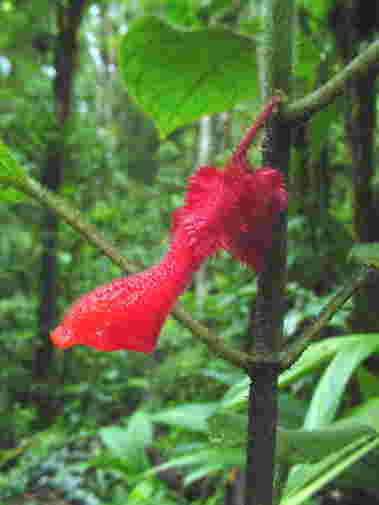 |
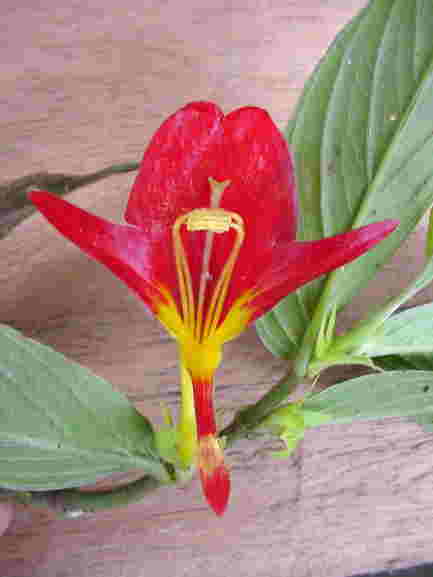 |
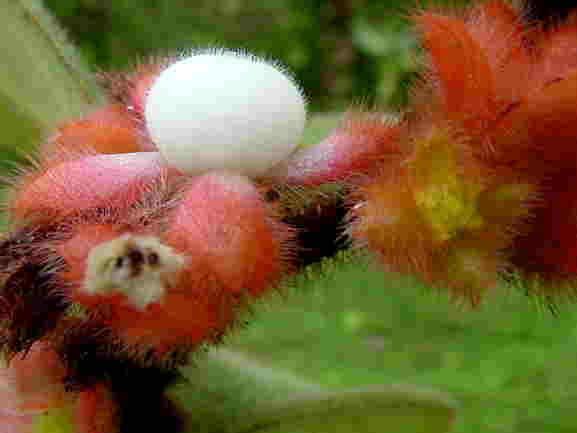 |
|||
| Alloplectus vermillion | Columnea sp1 | "Hairy" Gesneriac | Besleria sp. | Columnea sp2 |
| The Gesneriaceae (African Violet) family, represented by the species in the five images above, is widespread and usually easily identifiable. If the paired leaves (opposite each other) of a plant (usually not a tree) have slightly different sizes, and no stipule between the leaves, it is probably a Gesneriac. |
| The families of trees of Selvatica are diverse. Some of the most common tree families are Melastomataceae, Vochysiaceae, Leguminosae, Meliaceae, Euphorbiaceae, Flacourtiaceae, Olacaceae, Lecythidaceae, Clusiaceae, Rubiaceae and Moraceae. | |
| There are 3 common species of Vochysiaceae (botarama) found in the region. On the way to Selvatica, along the main road to Horquetas, Vochysia megalophylla is the dominant tree species, and appears to have been planted many years ago. Around the pasture area at Selvatica V. guatemalensis is common, while V. ferruginea is also present. Looking out from "El Plástico", down towards the Carribean lowlands, the very visible tree line is composed almost entirely of V. guatemalensis. | |
| Common mohogany species (Meliaceae) found in the primary woods above El Plástico are Carapa guianensis (cedro macho) and Guarea pterorhachis (guabillo colorado). Guarea glabla (ocora), also a mahogany species, is appreciated for the high quality of its wood. One of the most interesting tree species, which is fairly common at Selvatica, is Lecythis ampa (Lecythidaceae), or monkey pot tree (olla del mono in Spanish), named after the round, very large, cannonball-like fruits that one often finds fallen to the ground around the tree's base. There is a very large monkey pot tree just off the "Tigre" trail, fairly close to El Plástico. Here is some more information on the "trees of Selvatica." |